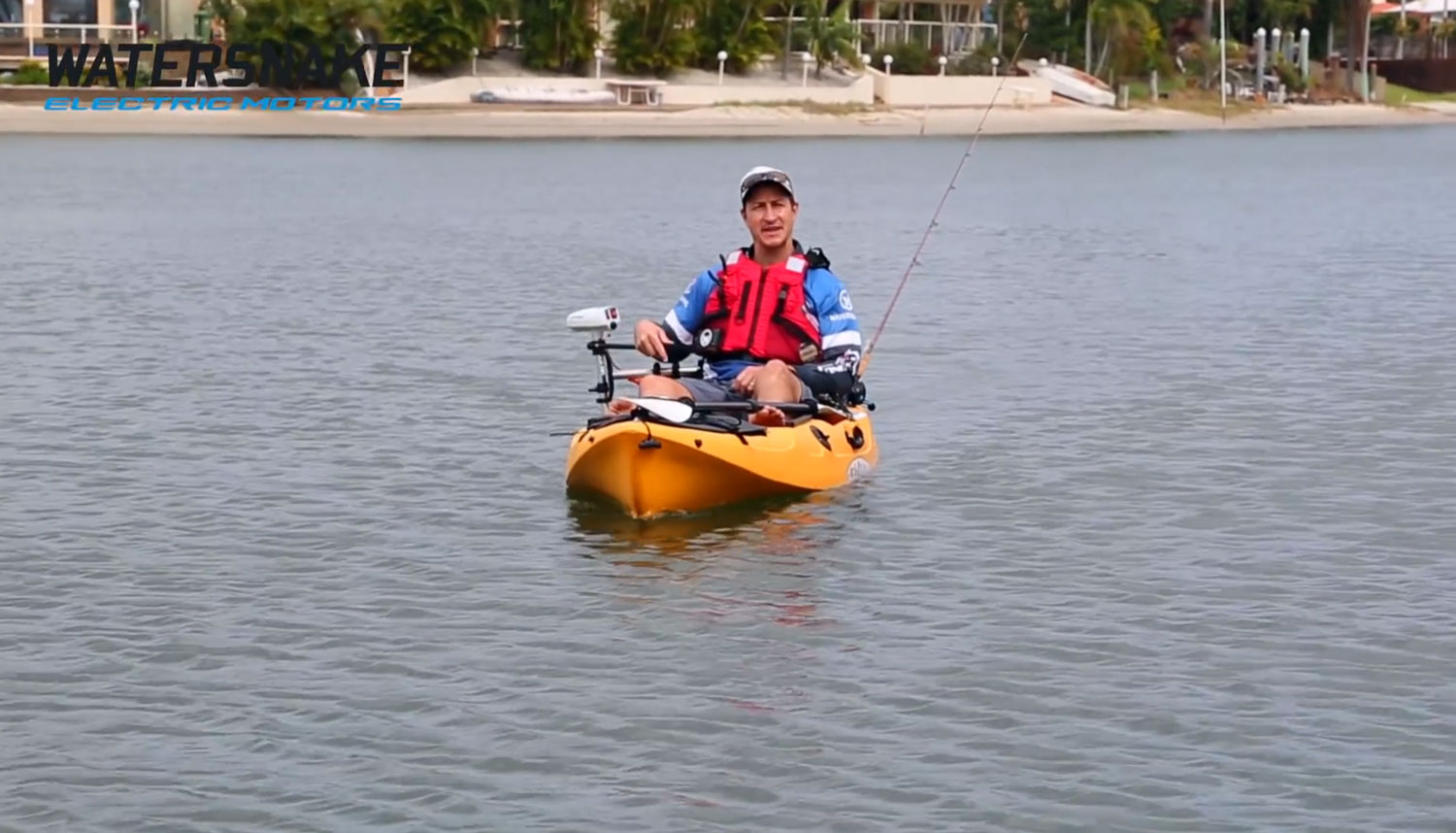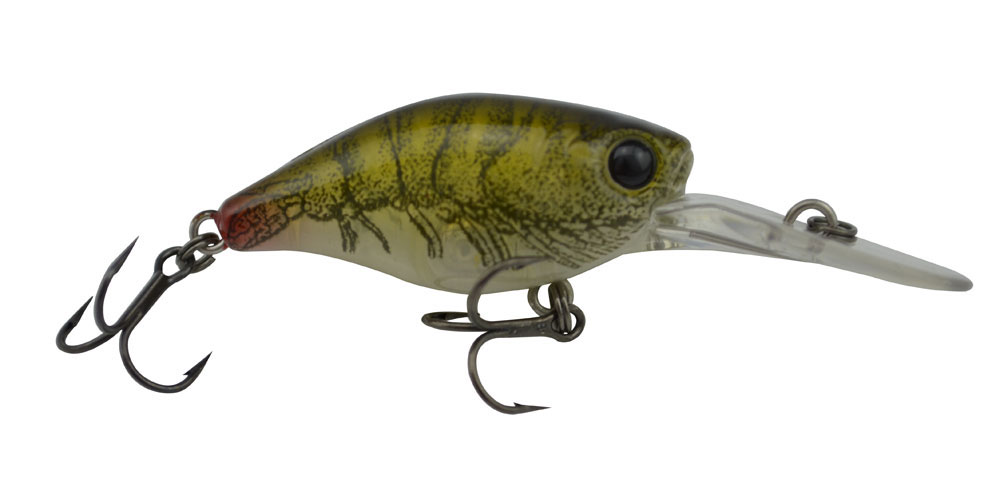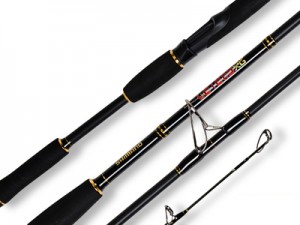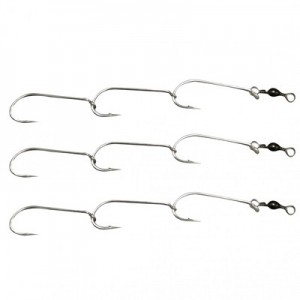In this article you will learn heaps of tips for getting started with kayak fishing as well as some handy advice on accessories such as kayak electric motors.
It is easily the biggest thing to hit the recreational and tournament fishing scene since the introduction and proliferation of soft plastics. The uptake of kayak fishing is nothing short of phenomenal, and it’s global. This incredible growth has seen the manufactures respond in kind to the point where the shelves are bursting with fantastic product designed specifically for the kayak angler. Let’s have a look at why kayak fishing has become so popular, some tips for getting the most out of your kayak, safety, comfort and the range of kayaks and awesome accessories like kayak electric motors and kayak fishing gear available to pimp your ride.
On reflection, fishing from such a vessel is hardly new. In fact it’s downright ancient. Many a tribal culture fished from small canoes. Ok, not a kayak but very similar. So why the hiatus? Why the delay in going main stream? It’s not as though kayaks have just recently appeared. Something has sparked the modern rush, yet is not entirely apparent as to why.
There have always been a small band of thrill seekers that have fished all sorts of locations from surf skies or outriggers and canoes, but it was pretty niche and not supported by the market. A fair explanation for the kayak explosion would be that the costs of getting on the water in modern times, i.e. a boat, is out of reach and impractical for many and, the introduction of new materials sparked tremendous innovation in kayak design.
Whatever the case, anglers are flocking to the kayak fishing phenomenon if for no other reason that it is amazingly fun. Regardless of financial access, transport and storage options, anglers are choosing kayak fishing, not as a compromise to a boat but because it’s sensational. The thrill, sheer joy, and boundless options are clearly the reason kayak fishing has become so popular, and is growing exponentially.
There’s no down side to a kayak. Fishing can now become a genuine part of a fitness routine. A kayak can give you access to fishing grounds you simply can’t reach in a boat, you have access to narrowest fresh water creek and the shallowest mangrove lined inlet. A kayak can be a perfect, awe inspiring vessel for fishing the open ocean. As a hunting tool they epitomise stealth, and they are super kind to the environment. There are no emissions and no noise pollution. They’re the biggest thing in modern angling and, if you haven’t got one yet, it’s time to start your research.
Choosing a Fishing Kayak
If you haven’t checked them out before, be prepared to be blown away by the range of styles and options. Take the time to be the excited kid in a toy shop, then get down to some practicalities. Getting the right kayak for you is similar, in many ways, to choosing a boat.
- Where will you use it, open or closed waters, fresh, salt or both?
- Are you prepared to simply paddle, or would you like an electric motor?
- What sort of fish will you be targeting, Bass, Trout, Barra or Yellowtail Kingfish and Sailfish?
- How will you store and transport your Kayak?
- What are your on board storage requirements?
- Will you be using a sounder?
- How many rods will you carry?
- What is your budget? Can you go bespoke straight up or can you go basic, with options for accessorising later?
Key Features to Look For in a Fishing Kayak
There is quite a list features a discerning angler will look for in a kayak. Many are purpose specific, many are subjective. There are however a few critical aspects that should be sought regardless of where your kayak will be deployed. Your weight, combined with your intended load will often be the determining factor in choosing the kayak size. Comfort and stability are by far the most important features of a kayak. You can double that if you intend to fish the blue water. Out in the open waters, comfort and stability are vital, you can’t easily pull over to the bank for a rest, and swell action, as well as battles with large fish, put serious demands on stability. Use this as a starting point then add your desired features relative to purpose.
Speed and manoeuvrability can often be a trade off with stability, particularly in cheaper models. The top shelf, ocean class kayaks are often without compromise and have it all. Speed, manoeuvrability, comfort and huge amounts of ergonomically brilliant storage. You will, of course, pay for this, and such models may well be overkill in closed waters, rivers, creeks, and fresh applications.
Storage is probably the next big thing. Well considered access, storage volume and protection from the elements should be considered. How much kit do you really need to hunt the brackish and fresh for Bass, as compared to jigging the blue for Kingfish?
Whether you are going big, to hit the open ocean, or smaller and more manoeuvrable for hitting the closed waters, there a many kayak fishing anglers who insist on being able to stand in their kayak. Standing has a few benefits. The first, is the ability to fish by sight. Standing allows a far better viewing angle for seeing beneath the surface. The second, is being able to stand and fish. The third benefit is simply being able to stand and stretch your back after long periods of being seated. Again, this is all about stability. Take advice from your local dealer or the manufacturer about the ability to stand in the kayak you are considering.
From this point it is up to accessorising. Here’s some things you might like to consider.
- Does it have provision for vertical rod storage? This is very handy for saving space, particularly if you intend to take a number of fishing rods.
- What is the provision for mounting after-market accessories? How many mounting plates does it have?
- Will you be using a kayak fish finder? If so, there a scuppers hole (drainage hole) dedicated to a transducer? Is a protective battery bag provided?
- Do you require a live bait well?
- Does it have provision for ice box storage? Is it something you need?
- Do you prefer to have a rudder system or are you happy to steer with the paddle?
How many built in rod holders does it have? - Will you be mounting a kayak electric motor?
These are just a few options you will need to consider if you are buying a fishing kayak for the first time, or upgrading. It’s worth stating, that relative to a boat, a top of the range kayak is very affordable. A decent tinny, fully equipped to go, will cost in excess of 10 thousand dollars. For that sort of money, in fact less, you can get a flotilla kayaks, one for the bays, one for the rivers and creeks and one for open waters, all set up and honed perfectly for the target location and fishing style. All of your accessories can be interchangeable, so there is no need to double up on kit. Why not deck out the family? Brilliant!!!
Fishing Kayak Brands:
Whilst we don’t always sell fishing kayaks online due to the cost and inability to transport we are familiar with brands In the market place and some of the best fishing kayak brands include: Wilderness Systems and Perception Kayaks which we deal with in our physical store as well as other major brands such as Hobie Fishing Kayaks which we are not agents for but certainly recommend as one of the best top 3 brands.
Kayak Accessories For Sale
Fishingtackleshop.com.au has a fantastic range of affordable kayak accessories. Follow the links below and check out the specs and prices, and load up your kayak with the latest Kayak accessories.
Kayak Electric motors: A long day on the water can be exhausting if you have to paddle all day, particularly against the current. A transom mount electric motor hooks up very easily to a twelve volt battery, for hours of power time. They pack plenty of thrust and they run very quietly, so you won’t lose any of your stealth capability. – See our Kayak Electric motors for sale here
Dry bags: Dry bags are nigh on essential. There’s no doubt you will have electronic equipment with you such as phone, cameras, car keys and the like that don’t go well with water. Dry bags are the perfect solution keeping your expensive electronics safe from water damage. See our dry bags for sale here
Rod holders: Your kayak may come with several rod holders but you will need more for flexibility and custom positioning. Check out our range of rod holders that will mount easily to your kayak. Mounting these rod holders is even easier on kayaks with dedicated mounting plates. See our Rod Holders for sale here
Head lamps: LED headlamps give brilliant light for hours on end. Being hands free makes them perfect for the kayak. See our head lamps for sale here
Folding buckets: A normal fishing bucket will take up far too much space in the confines of a kayak. Check out our folding buckets and grab a couple for your storage wells. They’re brilliant for holding baits. See our folding buckets here
Transducer mounts: Most kayaks will have a scuppers hole designed to take a transducer for your sounder. Check out our transducer mounts and put a fish finder on your kayak. See our Lowrance kayak transducer mount for sale here
Fish finders: Fish finders are more or less essential kit these days. Your kayak will feel naked without one, and so will your keeper bag. Have a look at our range of fish finders, there’s great models for the kayak. See our Kayak Fish Finders for sale here
Polarised Sunglasses: Our range of Polarised Sunglasses is fantastic. Without a set of these sunnies, the glare will ruin a day on the open water. They are essential kit for kayak fishing. See our Polarised Sunglasses for sale here
Tie Downs: Don’t lose your expensive kit in the drink. Tie downs really come into their own on a kayak. Space is limited, you’re close to the water and dropping something usually means dropping it in the water. Save yourself a packet and lash down all you can using secure ties.
Life vests: Safety is absolutely paramount on a kayak. A life vest is essential. While the primary function is definitely saving your life, comfort becomes a critical feature when fishing form your kayak. Check our range and look closely at the added features of convenient pockets and comfort. See our PFD’s For Sale Here
Sun protection: Solar tubes keep the sun and wind from your face protecting you from harmful UV rays. Fingerless gloves will also protect the backs of your hands from sun and mitigate against callouses that develop from paddling. See our Sun Protection gear for sale here
The above list really is barely scratching the surface. Kayak fishing is made for the angler that loves to customise and accessorise. The money you save NOT buying a boat will allow you to set up the perfect kayak for whatever style of fishing you do.
Wherever you go, be safe. Always consider the weather, tides and current. It’s important to remember paddling a kayak is great fun but will make demands on your fitness. Choose your location wisely, a lazy creek requires very little effort but a trip out on the open water will require significant effort, particularly if there is a swell about, some breeze and a decent current.
An important note on colour: Kayaks come in a vast range of colours from bright orange to stealthy camo. Consider you location before you choose a colour. If you are fishing the rivers and creeks amidst the trees and steep banks, a camo colour would add some stealth to your attack. For those that are fishing the open waters and busy harbours, hi-vis colours are strongly recommended. Being seen is always the sage option in high traffic and in the vastness of the open waters.
Kayak fishing gives you access to an incredible array of species. On the smaller end, finesse anglers will tackle Trout, Bass, Whiting, Bream and Flathead. For the thrill seekers, you can jig up a storm, hooking the likes of Yellowtail Kingfish, Sailfish, Tuna and a host of monster sports fish you would never have dreamed of tackling from a kayak. Grab yourself a Kayak from a local dealer in your area then come back to us online and kit up through fishingtackleshop.com.au, and take your fishing to places where only a kayak can take you.




 Whiting reside in the salt water inshore grounds and are prolific on our beaches. While Whiting can be caught some distance up river, the start of the brackish will generally put the brakes on the Whiting bite. Structure is critical, not the man made pylons and racks that attract Bream, but the holes, hollows, drop offs and subtle undulations of the sea bed. The edges of weed beds, sand and mud banks are perfect locations. Whiting live in the shallows and will forage the sea bed in waters a few inches to 6 meters deep (up to 12 meters for King George), they’re looking for worms, yabbies, pipis and other invertebrates uncovered by wave and current action. They will also take small bait fish. KG Whiting love fresh Squid. Beach gutters, deep and shallow, are brilliant for Whiting. Light wave action is perfect.
Whiting reside in the salt water inshore grounds and are prolific on our beaches. While Whiting can be caught some distance up river, the start of the brackish will generally put the brakes on the Whiting bite. Structure is critical, not the man made pylons and racks that attract Bream, but the holes, hollows, drop offs and subtle undulations of the sea bed. The edges of weed beds, sand and mud banks are perfect locations. Whiting live in the shallows and will forage the sea bed in waters a few inches to 6 meters deep (up to 12 meters for King George), they’re looking for worms, yabbies, pipis and other invertebrates uncovered by wave and current action. They will also take small bait fish. KG Whiting love fresh Squid. Beach gutters, deep and shallow, are brilliant for Whiting. Light wave action is perfect.



 Bream fishing in the winter can be as rewarding and productive as during the warmer months. In fact your catch quality and quantity needn’t vary between seasons at all. Bream aren’t ‘seasonal’ per se, there is no specific Bream season. It is important to know however, that as water temps cool and winter sets in the habits of Bream change. Understanding these behavioral changes in Bream and, employing winter Bream tactics, allows anglers to enjoy fantastic Bream fishing as the water temps dip to a chilly 15 and below. Bream aren’t bears so they don’t hibernate. They need to eat as they do at any time in the year. This means you can still catch them in winter and all it requires is a little know how, good fishing sense, experimentation and some critical and creative thought.
Bream fishing in the winter can be as rewarding and productive as during the warmer months. In fact your catch quality and quantity needn’t vary between seasons at all. Bream aren’t ‘seasonal’ per se, there is no specific Bream season. It is important to know however, that as water temps cool and winter sets in the habits of Bream change. Understanding these behavioral changes in Bream and, employing winter Bream tactics, allows anglers to enjoy fantastic Bream fishing as the water temps dip to a chilly 15 and below. Bream aren’t bears so they don’t hibernate. They need to eat as they do at any time in the year. This means you can still catch them in winter and all it requires is a little know how, good fishing sense, experimentation and some critical and creative thought.
 Beach and Surf Fishing Gear and Tackle
Beach and Surf Fishing Gear and Tackle


